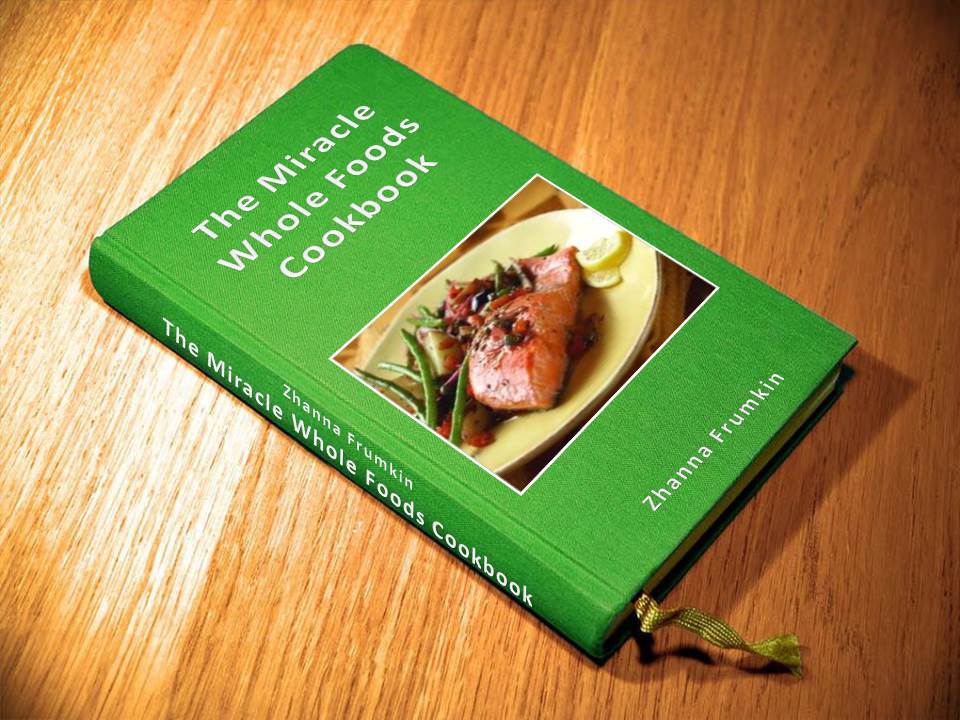Gout

|
to what should be” Albert Einstein |
Three million Americans suffer from gout, according to the American College of Rheumatology. It is a very painful form of arthritis with stiff, swollen and painful joints that develops from too much uric acid crystals in the body and the pain is caused by your body’s inflammatory response to these crystals. If you have gout, you're no stranger to the painful flare-ups that can occur when uric acid crystals accumulate in your joints.
Your body does not need a byproduct uric acid to function. These substances are simply the resulting product of purine breakdown or faulty metabolism in your body.
Gout occupies the joints of the hands and feet in the form of crystals. Painful, stiff and inflamed joints are a few of the characteristic symptoms of gout, which is a type of arthritis that is typically, but not always, located on your great toe. When an attack occurs, the pain can be debilitating, with sufferers often describing it as being burned by a flame or skewered with a hot poker. The affected joint is hot, swollen and so tender that even the weight of the sheet on it may seem intolerable.
Gout can affect anyone. Men are more likely to get gout, but women become increasingly susceptible to gout after menopause. About 6 percent of men had gout, compared to 2 percent of women.
Gout symptoms usually go away within three to 10 days, and the next attack may not occur for months, or even years, if at all. However, oftentimes gout becomes a lifelong problem, with attacks occurring with increasing frequency and severity. In time, this can permanently damage your joints and surrounding areas.
Foot pain can be tough to resolve because most people are always on their feet. Your big toe, the largest of your foot's digits, sustains much of the pressure you put on your foot when you walk. Pain that is located in, around and under your big toe can be severe and seemingly never-ending.
Adult men normally have uric acid levels between 2 and 7.5 mg/dL, while adult women have levels between 2 and 6.5 mg/dL. Boys between the ages of 10 and 18 have levels of 3.6 to 5.5 mg/dL and girls have between 3.6 and 4 mg/dL. In men older than age 40 levels range between 2 to 8.5 mg/dL and in women older than 40 range between 2 and 8 mg/dL. Women's levels rise after menopause.
- What conditions elevated uric acid is related to
- What causes high levels of uric acid in the body
- What is purine
- The absolute WORST thing to drink that is guaranteed to aggravate your gout
- What you should be drinking to prevent gout
- The single biggest culprit behind the cause of gout
- The “quick fix” you can do now take control and get back to work and living life
- What are the most dangerous foods that lead to gout
- Why Gout is referred to as the “rich man’s disease”











